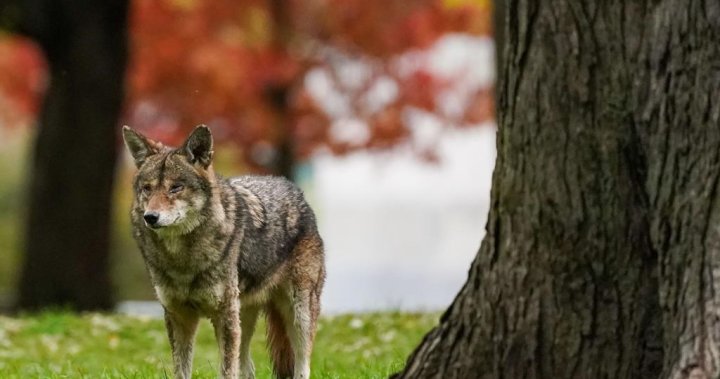Toronto Public Health has initiated rabies vaccine rationing due to a province-wide shortage in Ontario, impacting access to preventative treatment for potential exposures. This conservation measure restricts vaccine administration to high-risk cases involving direct contact with potentially rabid animals like bats and other wildlife. Lower-risk exposures will not be eligible for the vaccine at this time. Furthermore, the vaccination protocol has been modified to provide only the first two doses of the four-dose series initially, with the remaining doses to be administered once the supply chain stabilizes and stocks are replenished.
The shortage affects both RabAvert, manufactured by Bavarian Nordic, and Imovax Rabies, produced by Sanofi Pasteur. RabAvert has been in short supply since October 2024, attributed to increased demand, with the shortage anticipated to continue until mid-February 2025. Imovax Rabies has experienced supply disruptions since June 2024 due to shipping delays, though resolution is expected within the current month. These concurrent shortages have placed a significant strain on the availability of rabies vaccines across the province.
Dr. Howard Shapiro, Associate Medical Officer of Health for Toronto Public Health, emphasized that these rationing measures are crucial to preserve the limited vaccine supply during this period of scarcity. The agency is actively communicating with healthcare providers about the revised eligibility criteria and the adjusted vaccination schedule. They are also awaiting further guidance from the Ontario Ministry of Health regarding the expected timeline for vaccine resupply, which remains uncertain. The Ministry has not yet provided a concrete date for the arrival of new vaccine shipments.
The rationale behind prioritizing high-risk exposures stems from the nature of rabies transmission and the severity of the disease. Rabies is primarily transmitted through the bite of an infected animal, with bats and other wildlife posing the highest risk to humans. While rabies is rare in Canada due to robust animal control and vaccination programs, human infection can occur, and the consequences can be severe. Symptoms typically manifest within two to eight weeks after exposure and can include confusion, respiratory difficulties, and seizures. If left untreated, rabies is almost always fatal.
The rationing strategy aims to maximize the impact of the limited vaccine supply by targeting those most vulnerable to infection. By prioritizing individuals with confirmed or highly suspected exposure to rabid animals, Toronto Public Health aims to prevent the development of rabies in these high-risk individuals. The temporary modification of the vaccination schedule allows for the initial doses to provide some level of protection while awaiting the availability of further doses to complete the full course. This approach seeks to balance the need for immediate protection in high-risk cases with the constraint of limited vaccine availability.
This situation underscores the importance of a stable and robust vaccine supply chain. While rabies remains a rare disease in Canada, preparedness and access to preventative measures are crucial for effective public health management. The ongoing shortage highlights the vulnerability of healthcare systems to supply chain disruptions and the need for proactive measures to mitigate such risks. Toronto Public Health is actively monitoring the situation and working closely with the Ontario Ministry of Health to ensure the timely replenishment of vaccine stocks and the resumption of normal vaccination protocols. In the meantime, public education on rabies prevention, including avoiding contact with wild animals, remains essential.

